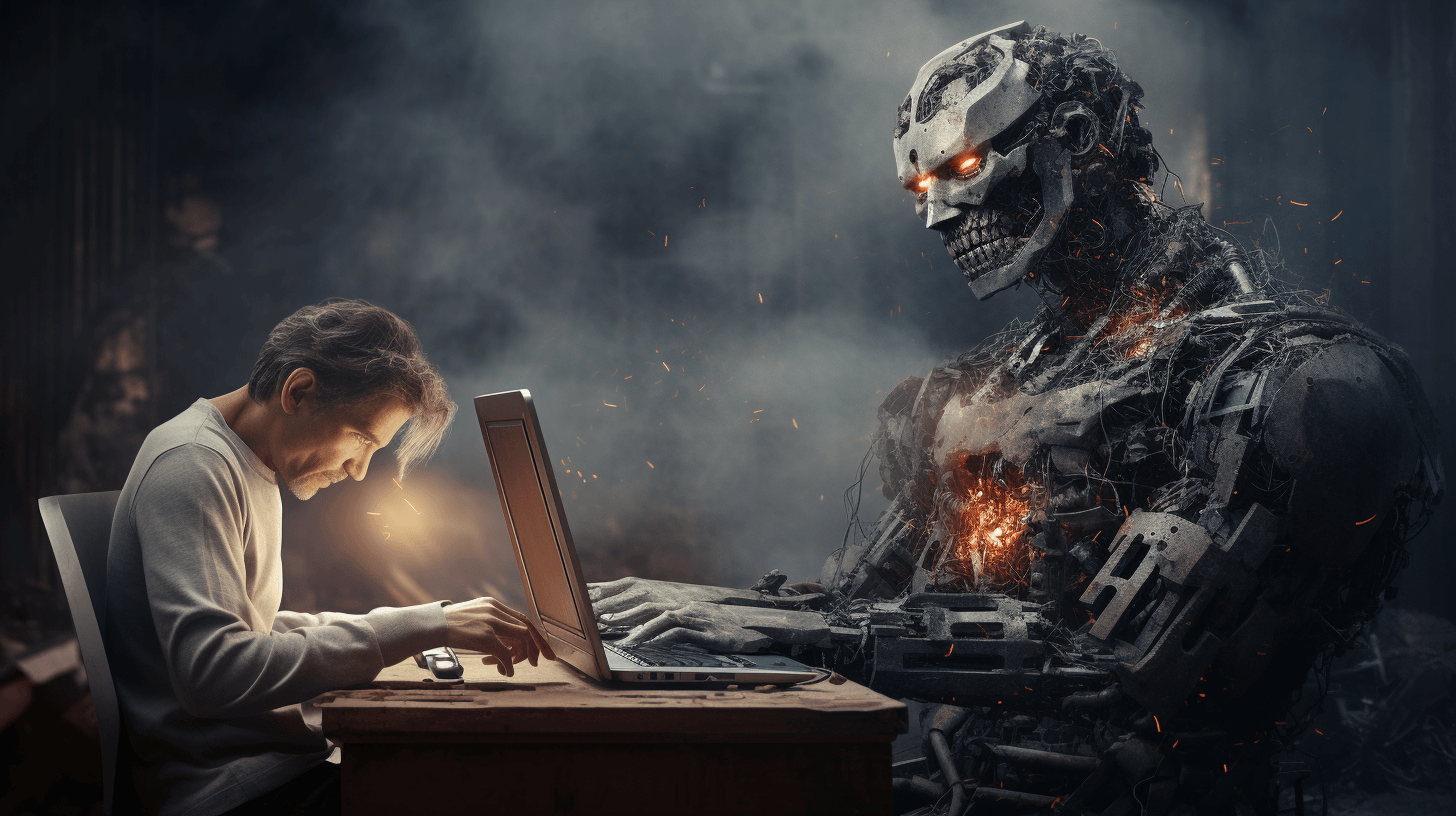The rise of AI art generators like DALL-E and Midjourney has sparked heated debate. While these tools can quickly produce images from text prompts, many artists argue AI art is detrimental to creativity and illustrators in particular are speaking out against it. Let’s examine the top 3 problems facing AI art right now & how to solve them.
Lack of True Creativity
Unlike human creation, AI art lacks an internal creative process. As illustrator Rob Biddulph argues, true art translates inner feelings into an external product through skills developed over time. With AI art, users simply input text and an image is produced automatically without any genuine artistic effort.
This disconnect means AI art provides no creative fulfillment. The polished images may look nice on the surface, but ultimately feel hollow and inauthentic.
Copyright and Legality Issues
Most AI art platforms build their image databases by scraping billions of pictures from the internet without consent. This mass piracy of existing art to train algorithms raises serious ethical and legal issues.
What’s more, AI art could potentially generate inappropriate or even illegal content if not properly monitored. The lack of regulation around AI art generation is alarming to artists.
Devaluing Artistic Skills
The ability to easily produce AI art diminishes the perception of illustration as a skilled craft. Some fear businesses and clients may gravitate toward cheap and quick AI art over paying a professional artist fairly for their work.
Seeing AI art as equivalent devalues extensive artistic training and risks relegating human creators to secondary status.
While still an emerging technology, unchecked AI art generation poses a major threat to artists’ livelihoods, copyright, and the integrity of the creative fields. Respecting human imagination and intellectual property will be crucial as algorithms continue advancing. We hope this article helps you understand the top 3 problems facing AI art right now & how to solve them.


